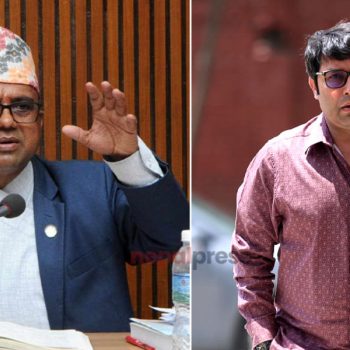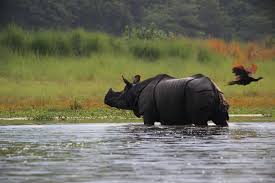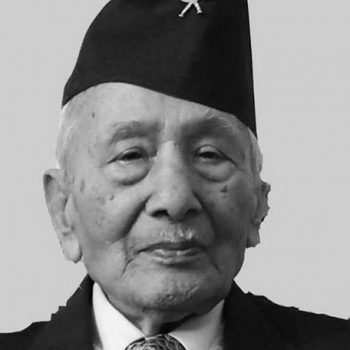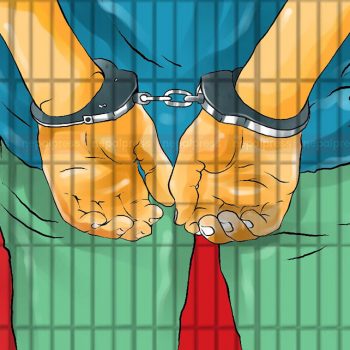Perfectly kept dinosaur embryo from 66 million years ago found
 NepalPress
NepalPress
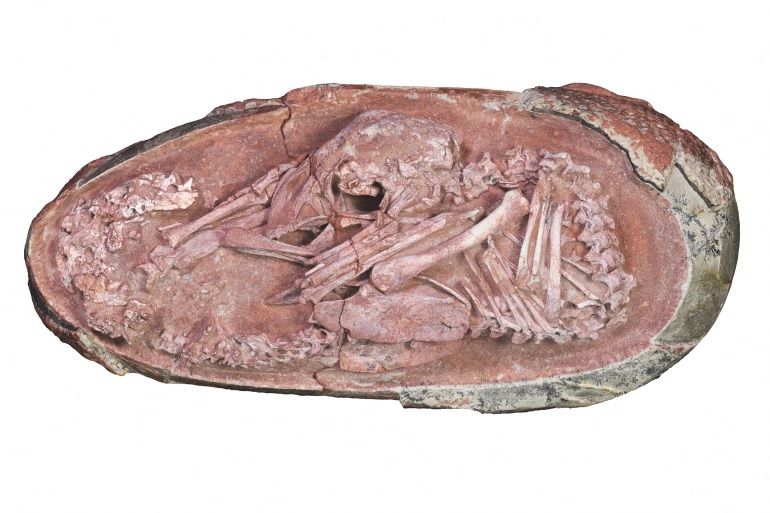
Scientists have announced the discovery of an exquisitely preserved dinosaur embryo from at least 66 million years ago that was preparing to hatch from its egg just like a chicken, Aljazeera reported.
The fossil was discovered in Ganzhou, southern China and belonged to a toothless theropod dinosaur, or oviraptorosaur, which the researchers dubbed “Baby Yingliang.”
“It is one of the best dinosaur embryos ever found in history,” University of Birmingham researcher Fion Waisum Ma, who co-authored a paper in the journal iScience, told the AFP news agency on Tuesday.
Ma and colleagues found Baby Yingliang’s head lay below its body, with the feet on either side and back curled – a posture that was previously unseen in dinosaurs, but similar to modern birds.
In birds, the behaviour is controlled by the central nervous system and called “tucking”. Chicks preparing to hatch tuck their head under their right wing in order to stabilise the head while they crack the shell with their beak.
Embryos that fail to tuck have a higher chance of dying after a hatching that is unsucessful.
“This indicates that such behaviour in modern birds first evolved and originated among their dinosaur ancestors,” said Ma.
An alternative to tucking might have been something closer to what is seen in modern crocodiles, which instead assume a sitting posture with the head bending upon the chest up to hatching.
Oviraptorosaurs, which means “egg thief lizards”, were feathered dinosaurs that lived in what is now Asia and North America during the Late Cretaceous period.
They had variable beak shapes and diets and ranged in size from modern turkeys at the lower end to massive Gigantoraptors, that were eight metres (26 feet) long.
Baby Yingliang measures about 27cm (10.6 inches) long from head to tail and lies inside a 17cm- (6.6 inch)-long egg at the Yingliang Stone Nature History Museum.
Researchers believe the creature is between 72 and 66 million years old, and was probably preserved by a sudden mudslide that buried the egg, protecting it from scavengers for aeons.
It would have grown two to three metres (6.5- 9.8 feet) long if it had lived to be an adult, and would have likely fed on plants.
The specimen was one of several egg fossils that were forgotten in storage for decades.
The research team suspected they might contain unborn dinosaurs, and scraped off part of Baby Yingliang’s eggshell to uncover the embryo hidden within.
“This dinosaur embryo inside its egg is one of the most beautiful fossils I have ever seen,” said Professor Steve Brusatte of the University of Edinburgh, part of the research team, in a statement.
“This little prenatal dinosaur looks just like a baby bird curled in its egg, which is yet more evidence that many features characteristic of today’s birds first evolved in their dinosaur ancestors.”
The team hopes to study Baby Yingliang in greater detail using advanced scanning techniques to see a full image of the skeleton, including its skull bones because part of the body is still covered by rock.








